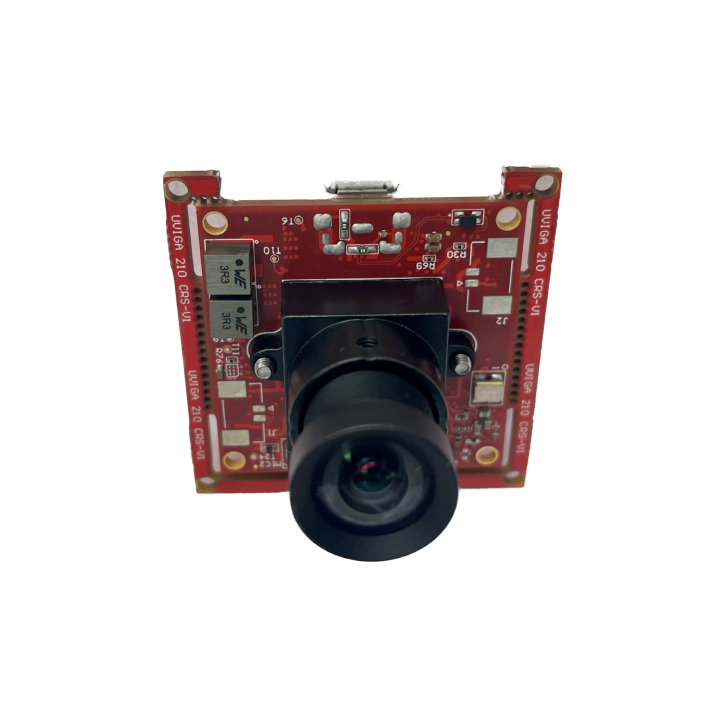Embedded cameras, also known as MIPI cameras, have revolutionized the way we capture images and videos in modern devices. From smartphones and tablets to drones and medical equipment, these miniature marvels have become ubiquitous in our daily lives, enabling us to capture moments and gather visual data with unprecedented ease and quality. In this blog post, we'll delve into the world of embedded cameras, exploring their evolution, applications, and the remarkable technology behind their miniaturization.
The evolution of embedded cameras can be traced back to the early days of digital imaging. Initially, cameras were bulky and standalone devices, requiring separate storage mediums and often cumbersome interfaces. However, advancements in sensor technology, processing power, and connectivity paved the way for the integration of cameras into a wide range of devices. Today, embedded cameras are seamlessly integrated into smartphones, tablets, laptops, IoT devices, and even wearable technology.
One of the key drivers behind the miniaturization of embedded cameras is the MIPI (Mobile Industry Processor Interface) camera interface. MIPI interfaces provide high-speed data transmission, low power consumption, and robust connectivity, making them ideal for embedded camera applications. By leveraging MIPI standards, manufacturers can design compact camera modules that deliver exceptional image quality and performance.
Embedded cameras find applications across various industries, from consumer electronics to automotive and healthcare. In smartphones, embedded cameras have evolved from mere accessories to essential components driving innovation in photography and videography. Features such as optical image stabilization, HDR (High Dynamic Range), and advanced AI algorithms enhance the capabilities of embedded cameras, allowing users to capture stunning images in diverse conditions.
In the automotive sector, embedded cameras play a critical role in enabling advanced driver assistance systems (ADAS) and autonomous driving technologies. Cameras mounted on vehicles provide crucial visual data for lane departure warning, collision avoidance, and pedestrian detection systems. By enhancing situational awareness, embedded cameras contribute to safer and more efficient transportation solutions.

